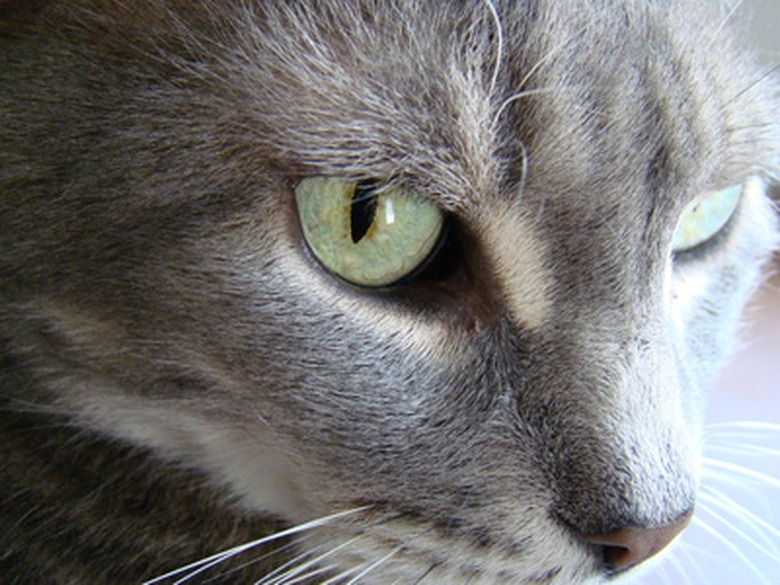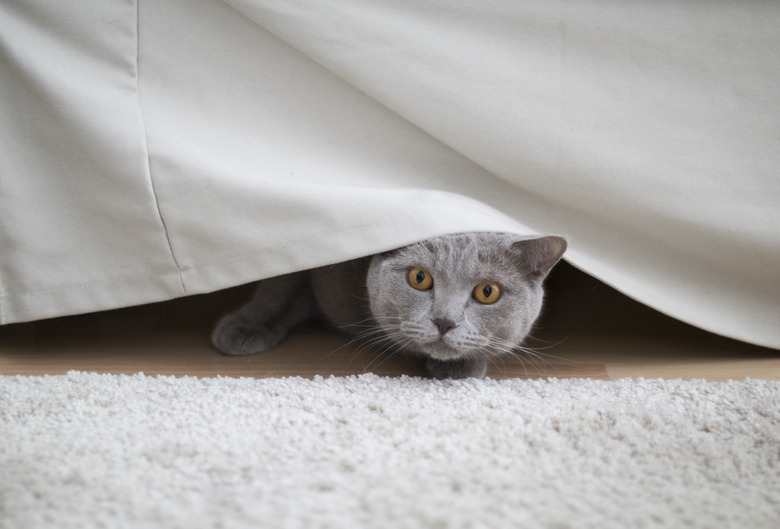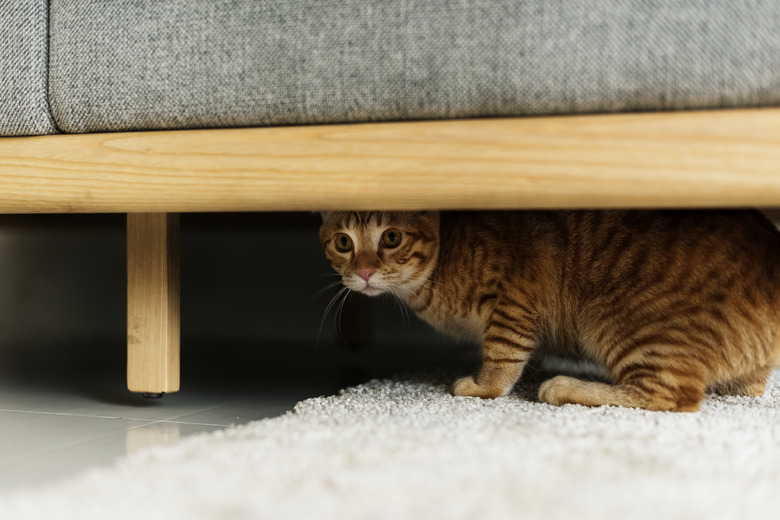Cat Behavior After An Injury
Whether indoors or outdoors, there are dozens of ways in which a cat may become injured. Depending on the method of injury, an injured cat may be acting weird after a fight and exhibiting unusual behavioral signs, oftentimes in an effort to protect itself. It may prove difficult for cat owners, or those who cross paths with an injured cat, to understand the reasons for these uncommon behaviors.
Cat behavior considerations
Cat behavior considerations
Behavioral change in a cat is highly dependent upon the type of injury that she sustained. The emotional signs exhibited by a cat that has been intentionally mishandled or abused can vary greatly from those found in a cat that has been hurt in a fight, or a cat that has hurt itself by accident. For your own protection and for the welfare of your cat and of cats in general, it is important to learn how to read, interpret and react to those signs.
Types of behaviors
Types of behaviors
The two most common types of responses in injured cats include aggression and hiding in silence. Aggression, though dangerous for humans and other animals, is easy to identify. For instance, an injured cat will often bite or scratch defensively when approached
A cat may also be withdrawn after a fight. Hiding in silence is a protective mechanism that can prove especially troublesome since felines are notoriously hard to find and therefore put themselves at risk of receiving delayed treatment or no treatment at all. You may also notice a lack of appetite and your cat sleeping more and refusing to be betted.
Preventing cat injuries
Preventing cat injuries
To minimize injury, cat owners should keep their cats indoors, especially when living in a densely populated area with nearby roads, or, in the opposite case, when living in an area that is remote but roamed by large amounts of wildlife and thus natural predators to the cat. If the cat is allowed outdoors, it is recommended to install a cat door and provide a "safe spot" so the cat can quickly retreat when faced with a threat.
Safely catch an injured cat
Safely catch an injured cat
When approaching an injured cat that displays signs of aggression, remember not only to protect yourself (as the cat may have become infected in the process of its own injury) but also to transport and handle the cat in the most careful way possible. This will help avoid any disturbance in case of broken limbs.
Finally, to lure a cat out of hiding, it is recommended to tempt the cat with its favorite food or treat, all the while communicating in a calm and composed voice. If the cat is too injured to move or cannot be reached safely, contact your local animal authorities whose training, equipment, and commitment to animal welfare make them ideal partners in retrieving a scared or injured pet.
Oftentimes an injured cat will be frightened and in pain, and thus non-cooperative. In this case, it is important to reassure the cat in a calm and composed voice and to approach her slowly and cautiously. A blanket or towel may help restrain the cat while attempting to move her into a carrier. It is highly advised to wear gloves when seeking to restrain and move an aggressive cat.


